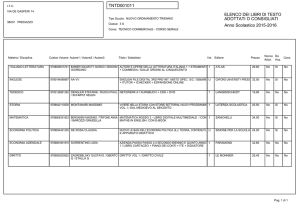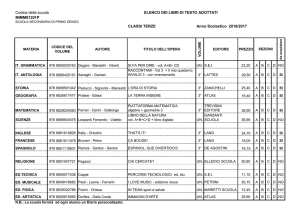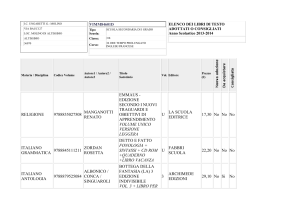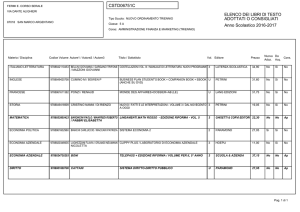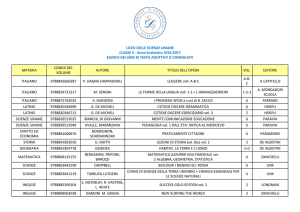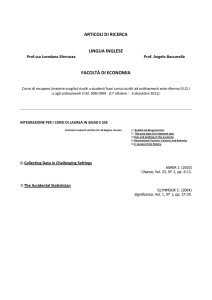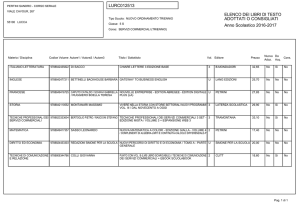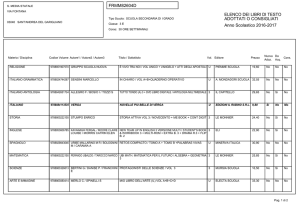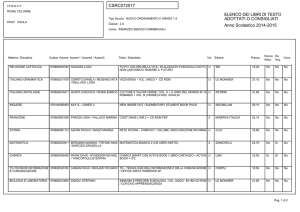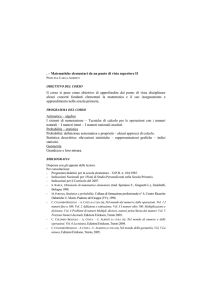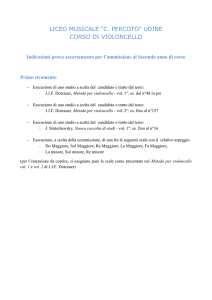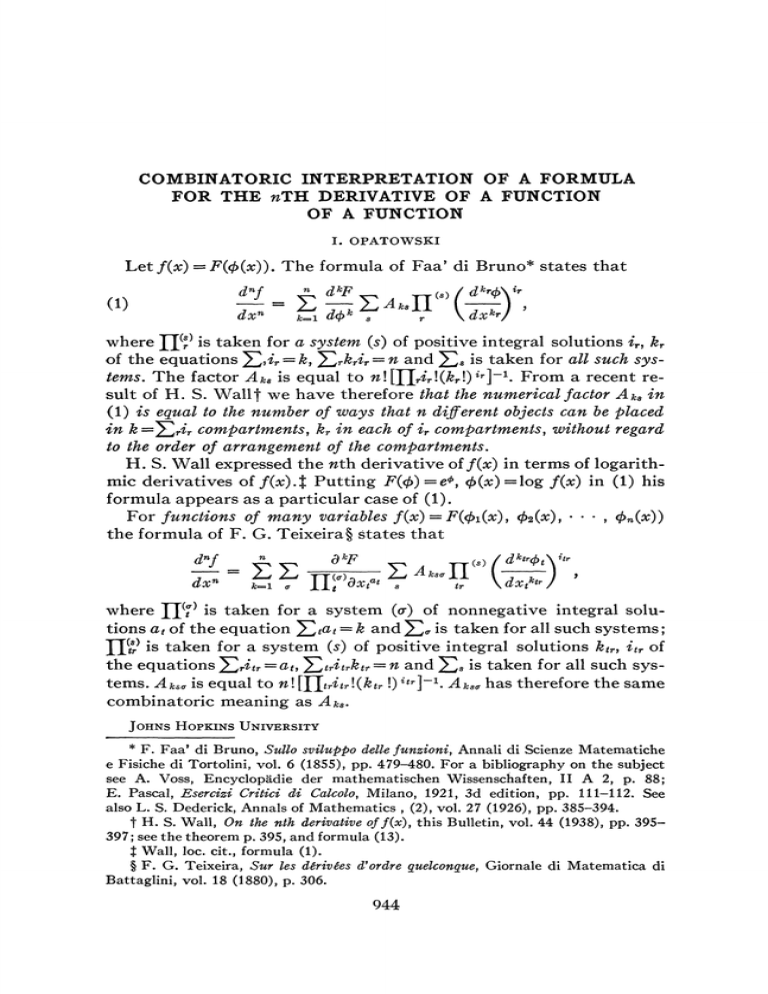
COMBINATORY INTERPRETATION OF A FORMULA
FOR THE «TH DERIVATIVE OF A FUNCTION
OF A FUNCTION
I. OPATOWSKI
Let f(x) = F(4>(x)). The formula of Faa' di Bruno* states that
d»f _ • d*F
( s ) /^vyv
where J J ( ^ is taken for a system (s) of positive integral solutions ir, kr
of the equations ]>^,i. = &, ^rkrir = n and ^T,8 is taken for all such systems. The factor Aks is equal to w![JJ,i r !(& r !)* r ]~ 1 . From a recent result of H. S. Wallf we have therefore that the numerical f actor Aks in
(1) is equal to the number of ways that n different objects can be placed
in k =^rir compartments y kr in each of ir compartments, without regard
to the order of arrangement of the compartments.
H. S. Wall expressed the nth. derivative of ƒ(#) in terms of logarithmic derivatives of f(x).% Putting F(<t>)=e*, </>(x)=log f(x) in (1) his
formula appears as a particular case of (1).
For functions of many variables j\x) = F\(f>i(x), </>2(x)t • • • , <£w(#))
the formula of F. G. Teixeira§ states that
^f
A r ,
àkF
(S)
dx« ~ h r itfw* r
/d*tr<i>t\hr
, w<J •
1S
where YL^ ' taken for a system (a) of nonnegative integral solutions at of the equation ^2tat = k and ^ f f is taken for all such systems ;
JJa? is taken for a system (s) of positive integral solutions ktr, itr of
the equations y^jritr = at* ^^tritrktr — n and 2^ s is taken for all such systems. Aks* is equal to n\ \^\tritr\{ktr !) itr]~1. Ahs* has therefore the same
combinatoric meaning as AksJOHNS HOPKINS UNIVERSITY
* F. Faa' di Bruno, Sullo sviluppo délie funzioni, Annali di Scienze Matematiche
e Fisiche di Tortolini, vol. 6 (1855), pp. 479-480. For a bibliography on the subject
see A. Voss, Encyclopâdie der mathematischen Wissenschaften, II A 2, p. 88;
E. Pascal, Esercizi Critici di Calcolo, Milano, 1921, 3d edition, pp. 111-112. See
also L. S. Dederick, Annals of Mathematics , (2), vol. 27 (1926), pp. 385-394.
t H. S. Wall, On the nth derivative off(x), this Bulletin, vol. 44 (1938), pp. 395397; see the theorem p. 395, and formula (13).
J Wall, loc. cit., formula (1).
§ F. G. Teixeira, Sur les dérivées d'ordre quelconque, Giornale di Matematica di
Battaglini, vol. 18 (1880), p. 306.
944

